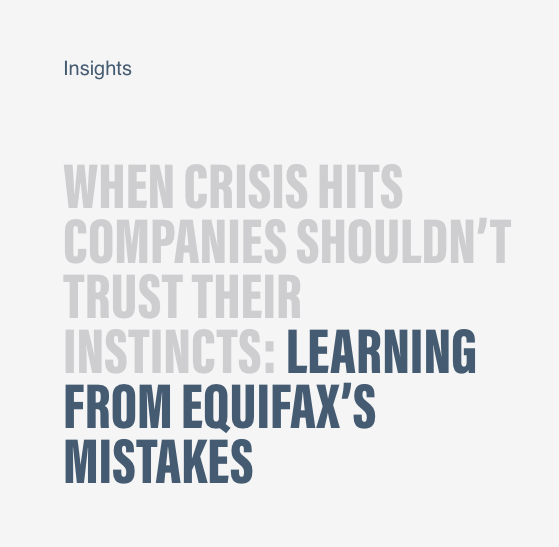Enter Responsible Business
As seen on Page Views Newsletter
Companies with global footprints are finding themselves in increasingly uncomfortable positions regarding their ESG narratives, and communicators are struggling to unravel the varying stakeholder sentiments around ESG. For members of the Page community, it has been a persistent, hot button topic.
- On the one hand, the EU has implemented very strong requirements for ESG disclosure, requiring double-materiality and value-chain scrutiny, as part of the CSRD.
- On the other hand, the ESG term itself is something of an empty vessel that critics have loaded with negative perceptions around the imposition of liberal values that disadvantage businesses. It’s become so polarizing that merely describing your organization’s actions could paint a target on your back, leading to a new trend of “green-hushing.”
It’s a classic tale of divergent stakeholder expectations – or so it seems. Michael Maslansky, CEO of maslansky+partners, has done research that suggests the expectations aren’t as divergent as they seem; reframing the conversation around responsible business rather than ESG may help solve the problem. His survey data seems to agree with this notion.
- Nearly 80% of Americans agree that environmentally responsible companies are more likely to succeed financially.
- 96% say that companies that take care of their employees are more likely to succeed.
- 88% say companies that hold their leaders accountable are more likely to succeed.
Below are three insights taken from the research, along with real-world examples that illustrate their effect.
Insight: “Across dozens of terms, our survey shows a strong, consistent, nonpartisan preference for more human language. Real, concrete language more reliably communicates your message and, importantly, makes more people feel invited to the conversation.“
- Example: Apple released this 5-minute, star-studded “show” leveraging its Apple TV skills to share its progress on its promises to decarbonize by 2030. Though not everyone loved it, it shows how a good story can humanize an issue and make it more relatable and understandable.
Insight: “Brands need to put the necessary thought, research, and intention into their messaging to show supporters they’re sincere and show skeptics how their stance makes sense.”
- Example: Behind the Label is a report from Heineken USA that is separate from the integrated reporting that satisfies disclosure requirements. Now in its third issue, the report has tackled topics from gender diversity to DEI. Josephine (Fein) Bertrams, SVP of corporate affairs at Heineken USA, shared that the impetus and outcome of Behind the Label was to showcase who is driving the industry, celebrate progress and explore opportunities to improve. Topics related to that subject are a natural fit under the ESG umbrella. Setting out to explore the industry through research and reporting, they also look for best practices that champion inclusion efforts.
Insight: “To reduce polarization, the way companies frame their involvement on issues needs to focus less on aspiration and more on action. Less on political outcomes and more on practical outcomes. And less on values and more on business value delivered.”
- Example: In our Stakeholder Capitalism and ESG guide, we call out Equinor, a partly state-owned Norwegian oil and gas company, for their efforts in redefining their strategic direction to become a leading company in the energy transition. Their CEO chose to see their pivot as a differentiating factor and enlisted then-CCO Reidar Gjærum to guide the org through this transition in a way that would make it stick.








